Toitanga
Jordan Tane, Tomairangi Morgan Tō Mātou Kāinga, Tō Mātou Ūkaipō
-
Tauira / Students
Jordan Tane, Tomairangi Morgan -
Kaitautoko / Contributors
Tanya Allport, Cassie Khoo, Tom Johnson -
Kaiako / Lecturers
Denise Wilson, Stephen Reay
-
Client
Whakauae Research Services -
School
AUT Art + Design 2025
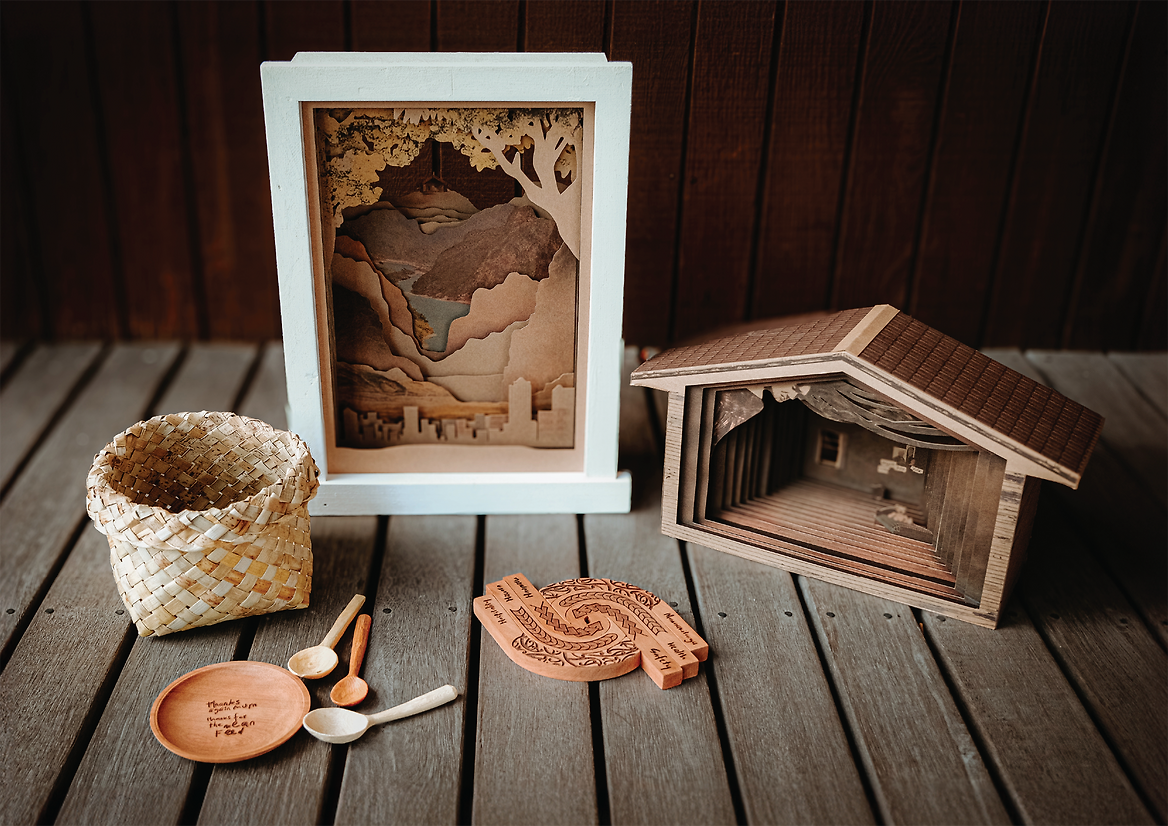
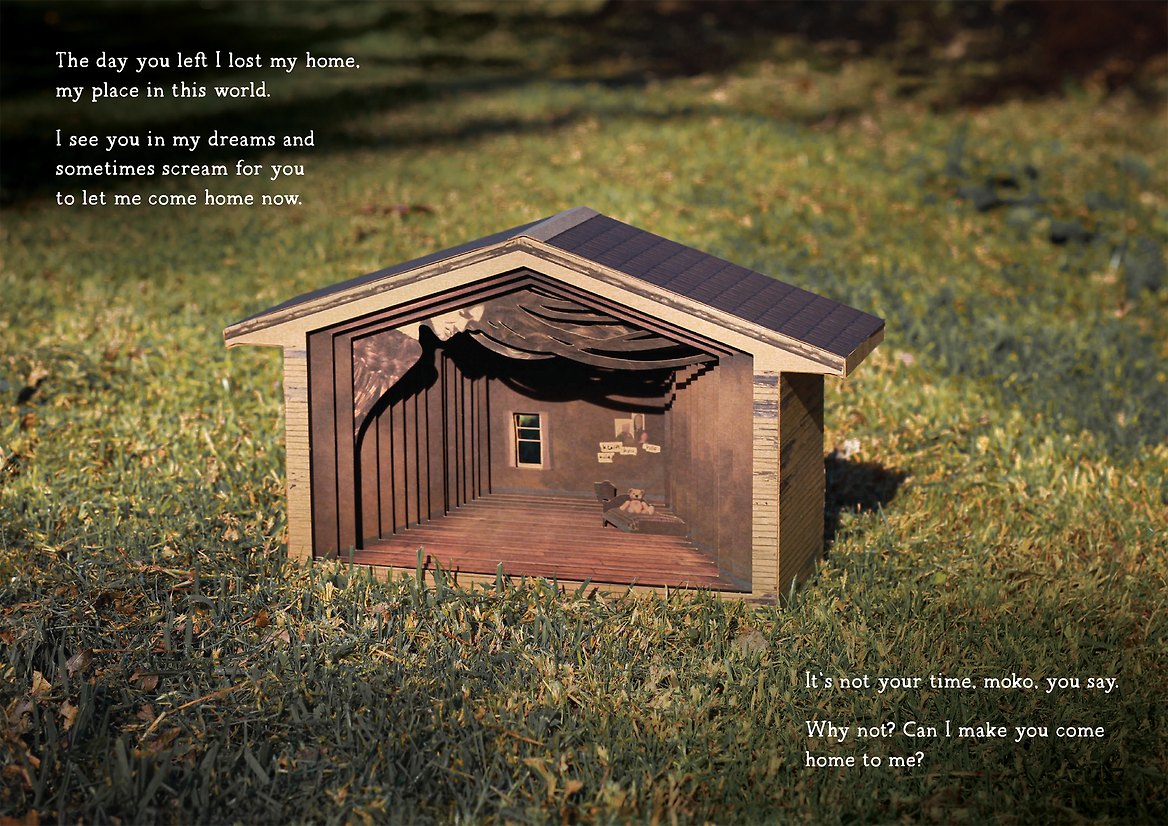
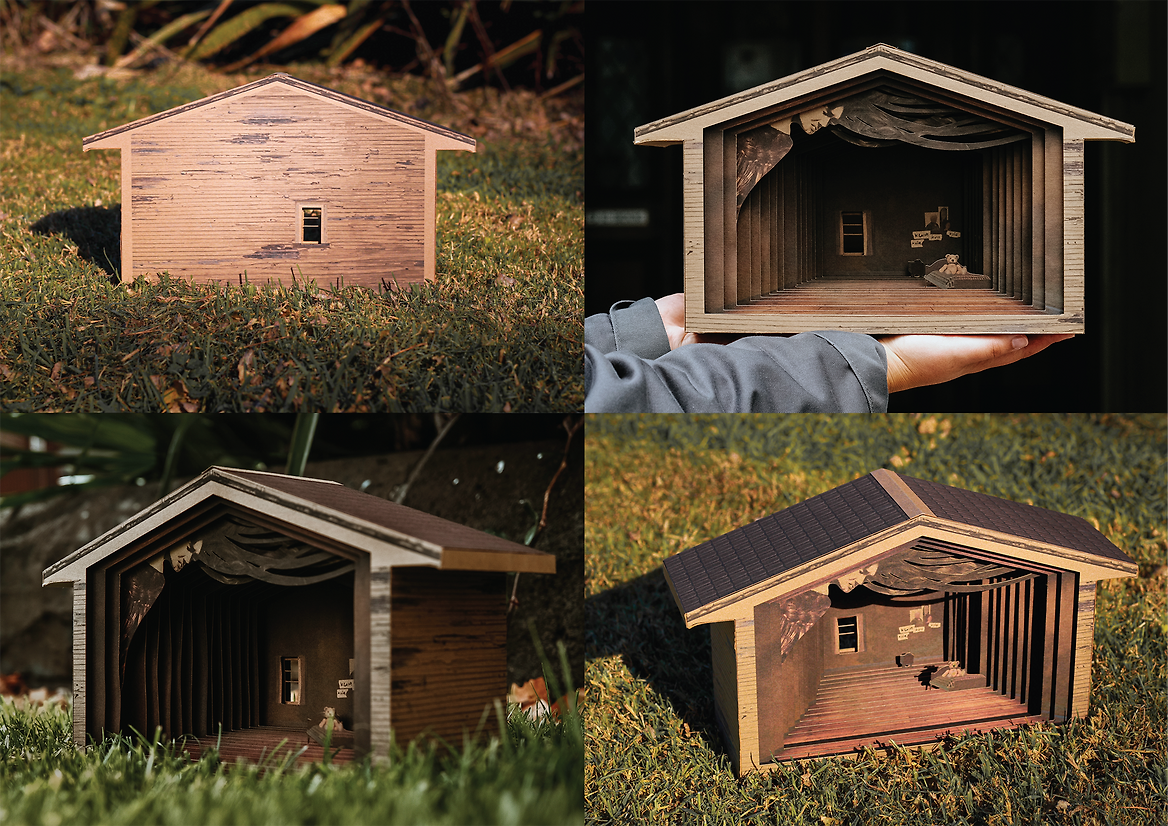
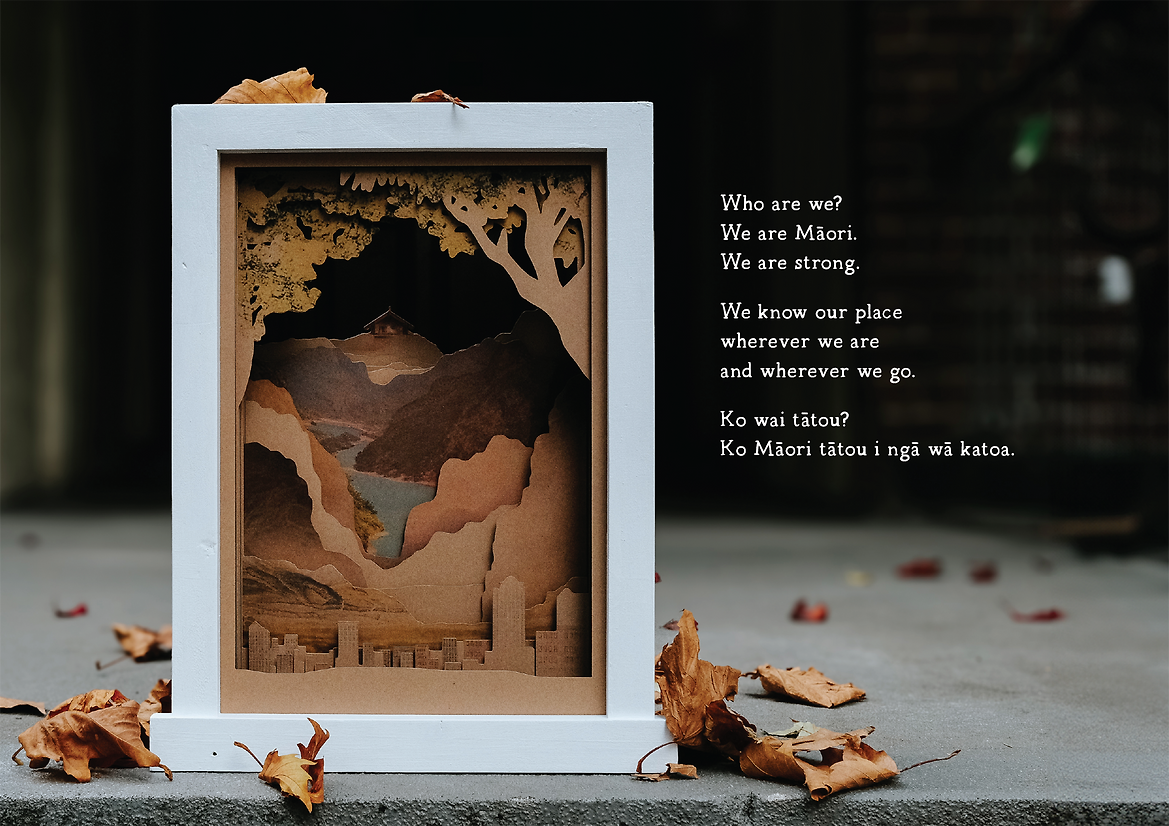
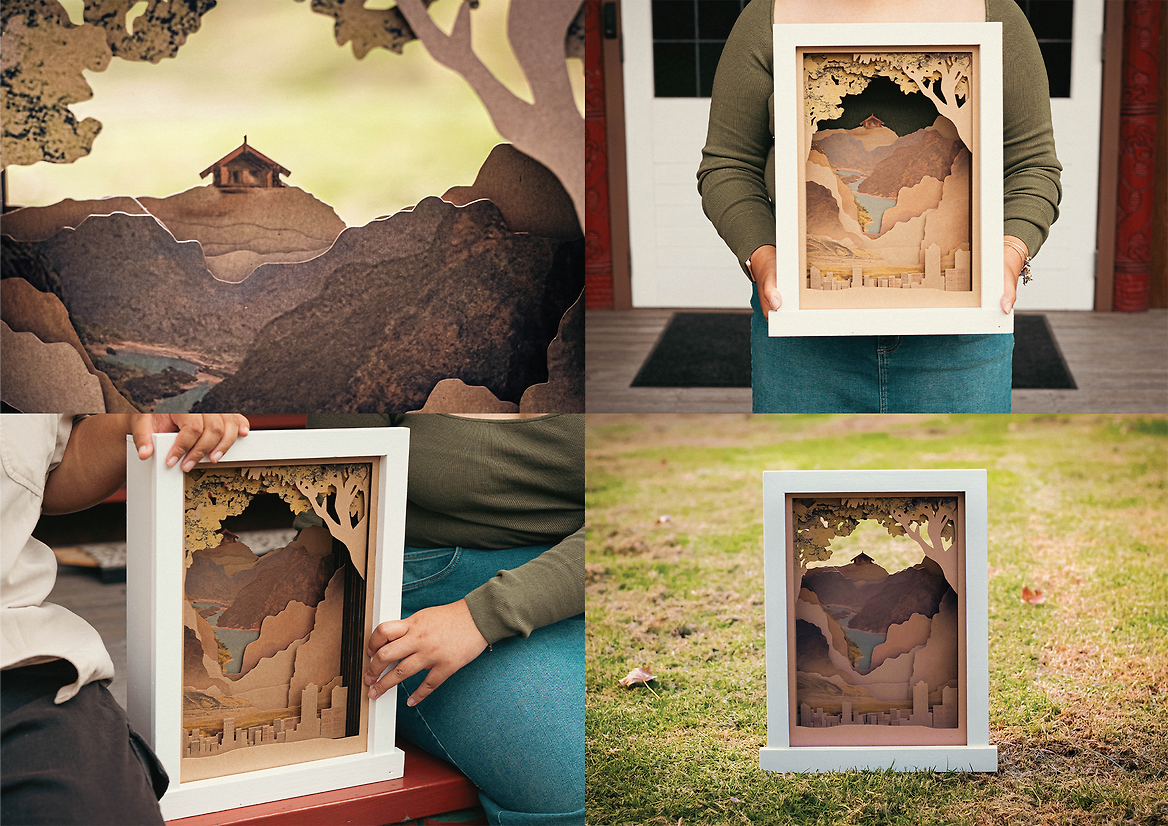
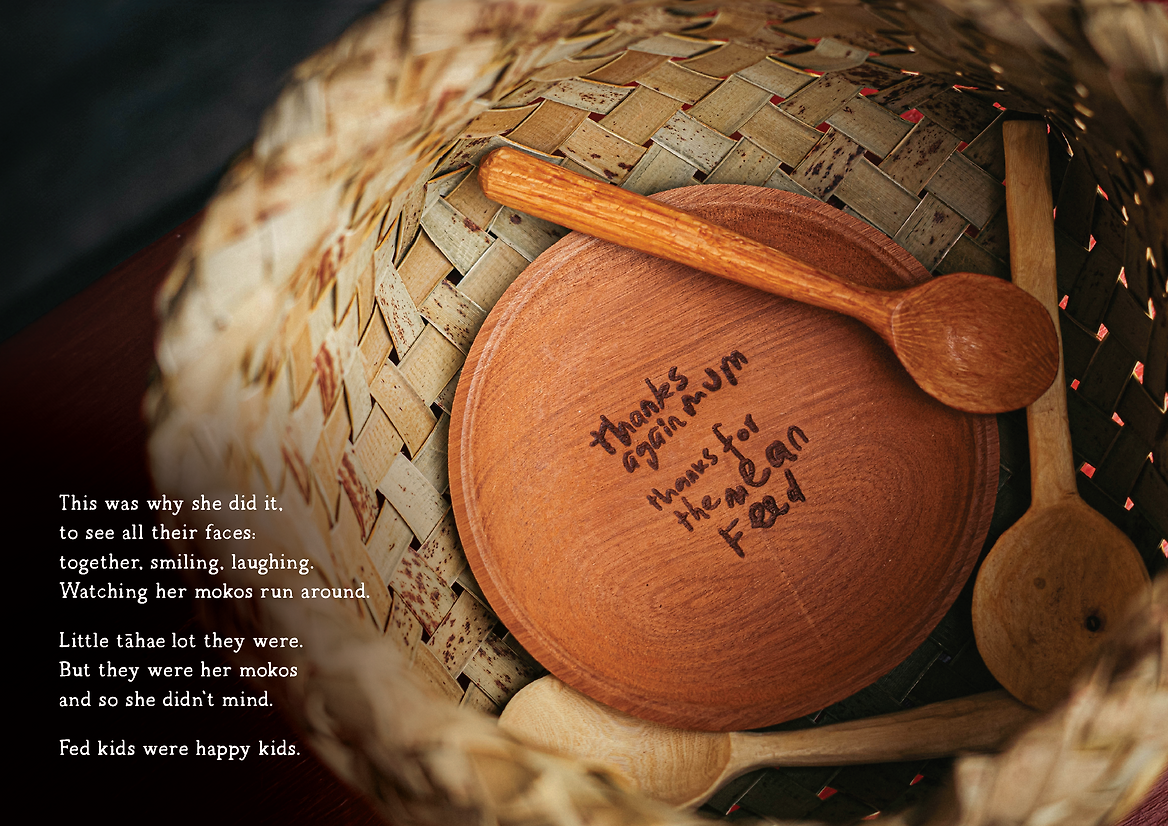
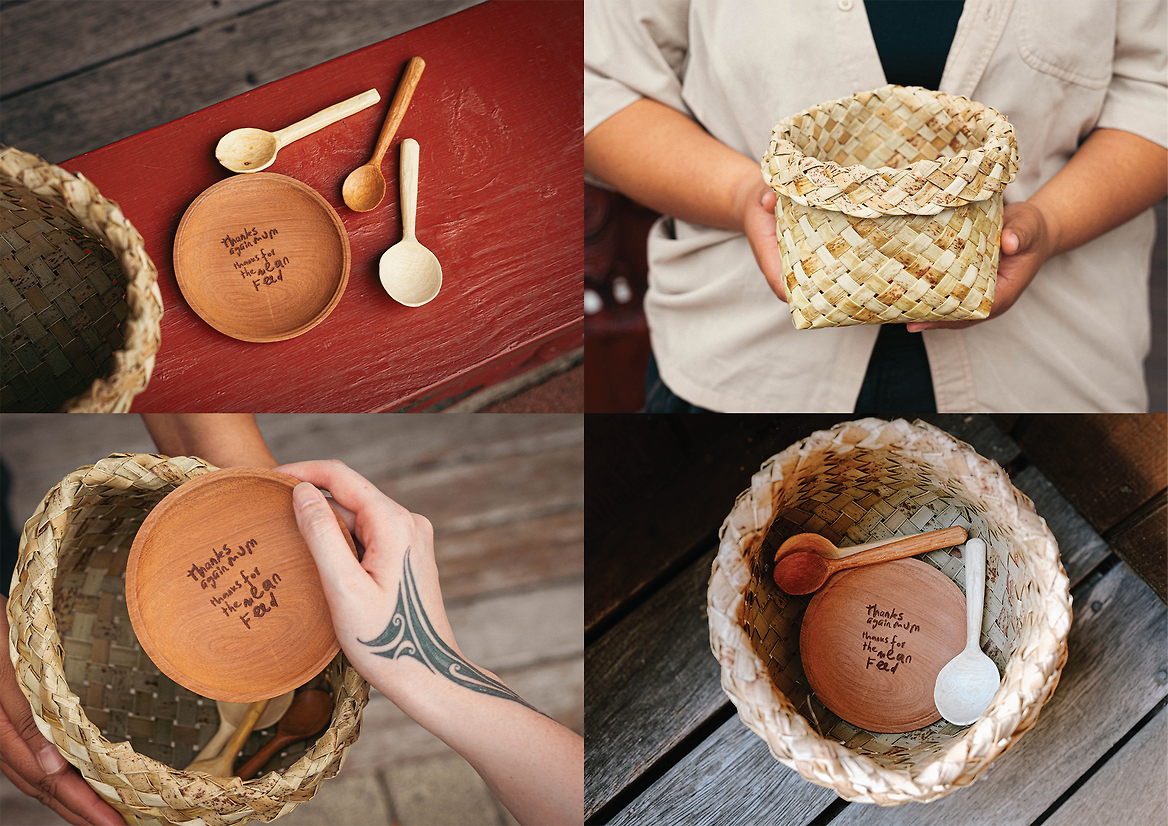
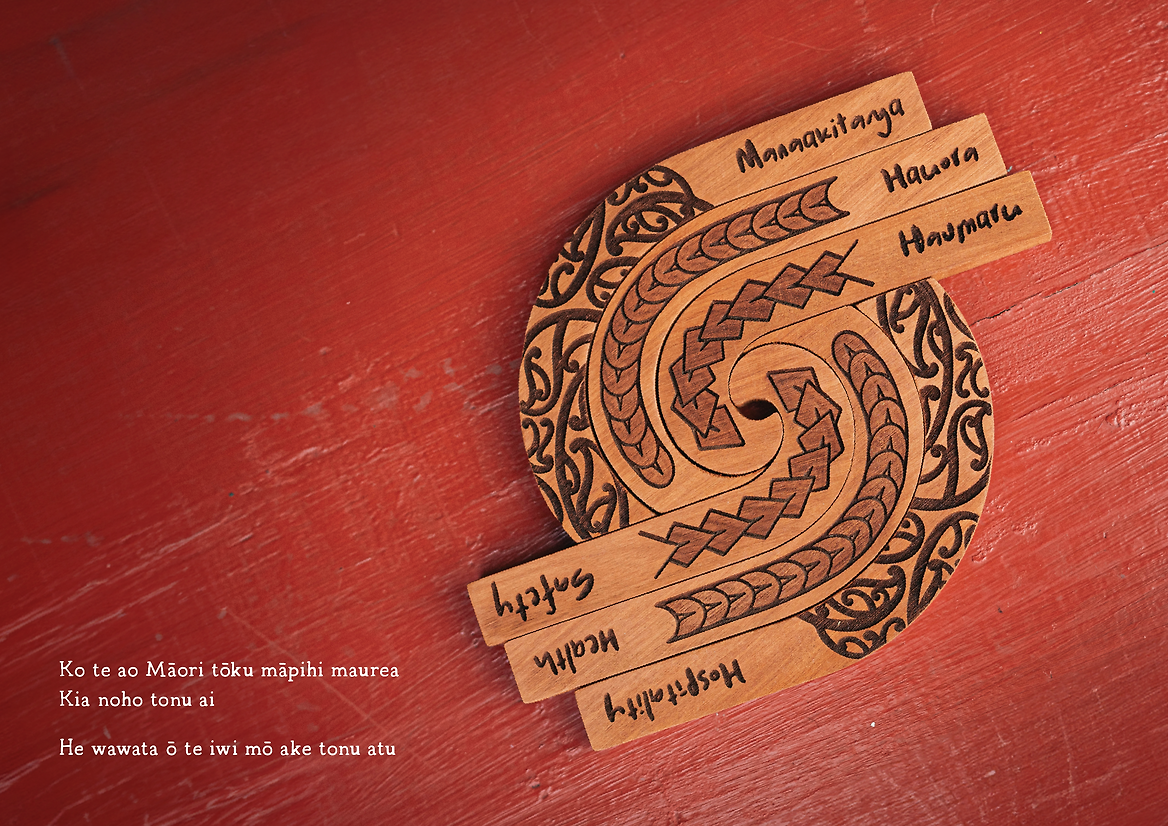
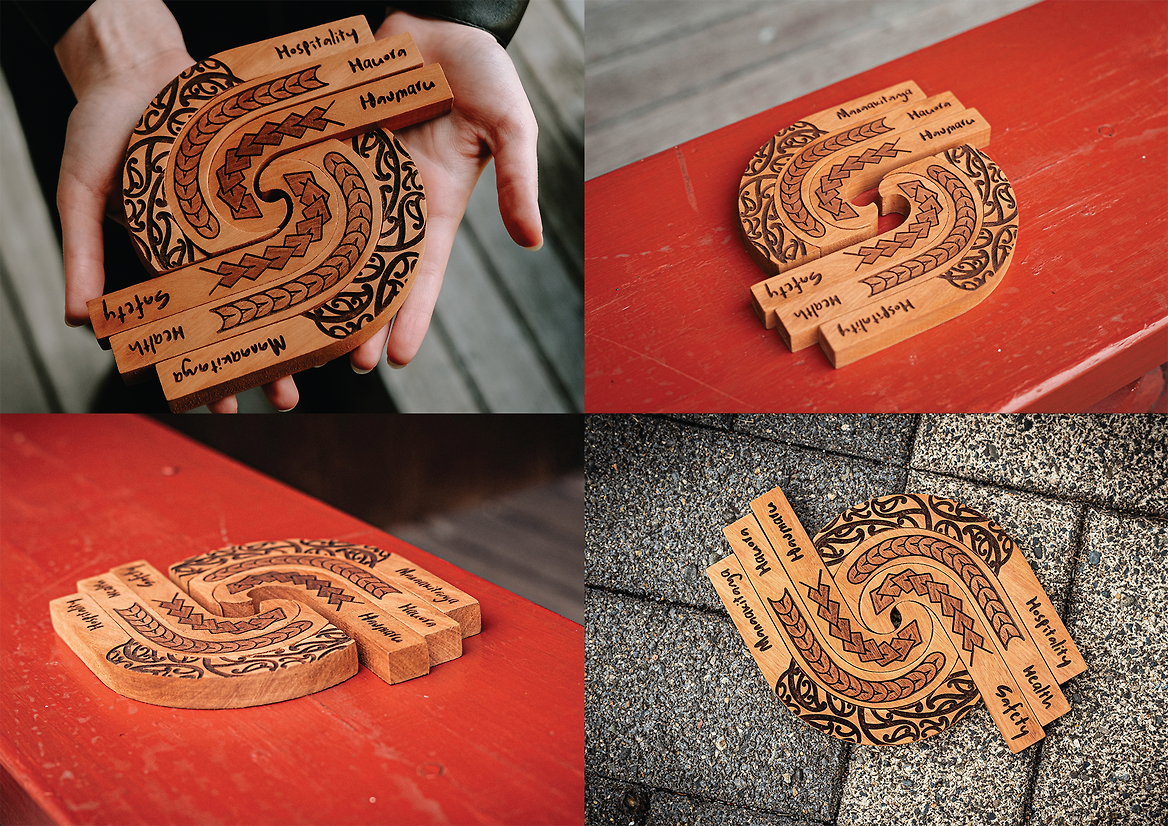
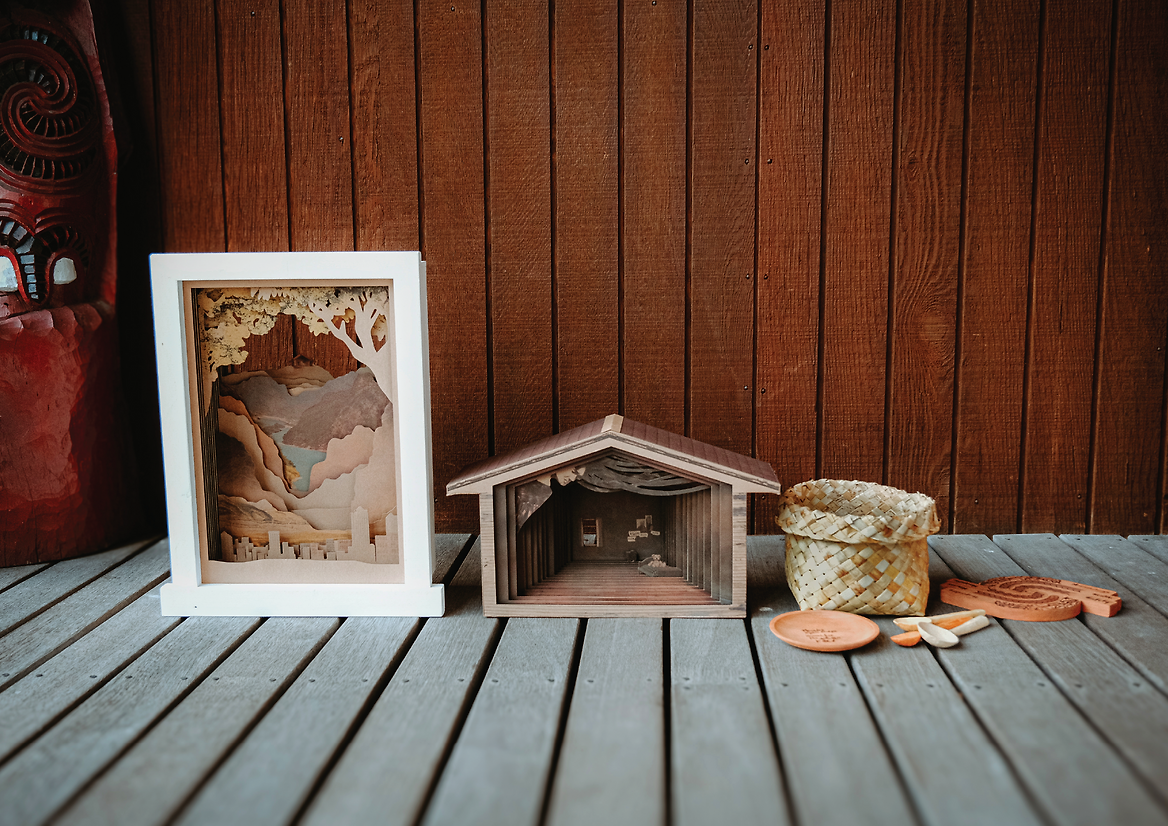
Description:
Tō Mātou Kāinga, Tō Mātou Ūkaipō communicates how whānau Māori express their ideas of home. Keeping Māoritanga and mātauranga central to the design. Home can be a place, a feeling, or a person. Each of these interpretations considers the lived experiences of our people, where we come from and where we want to go. Home is what we make it. The reshaping of perceptions of whānau ideas of home, the ideas behind forming and keeping homes healthy and safe, is an important step to support more positive and helpful narratives. These narratives work to give whānau a fighting chance to establish changes which will improve their lives and experiences for the better.
Tō Mātou Kāinga, Tō Mātou Ūkaipō is an instrument to affecting change for whānau. Informed by the data collected from the original research project conducted by Whakauae Research Services, the artefacts, created by Jordan Tane, were designed as physical representations of whānau ideas and whakaaro around how healthy homes can look. The pūrākau were first developed from research interviews conducted by Whakauae researchers with willing participants ranging in age from rangatahi to kaumātua. These stories and experiences informed the four pūrākau for the book project. Wanting to encompass the many factors which go into creating healthy home environments, in physical and tangible designs, was the initial drive behind the design of the artefacts created.
To develop the concepts of each design, the main theme in each pūrākau was employed. Some whānau perceived home as a person rather than a place, some had ideas or dreams of what their ideal home could look like or include. Others felt whānau eating together, and the strength of their tīpuna were core elements. Each of these are represented by the four artefacts and their individual designs. However, each artefact works with the rest to embody a collective concept of home for whānau Māori. As Māori are a collective people, the collective factor is also integral to the overall concept of home.
These artefacts work together as their own pūrākau, of what is possible for whānau and how ideas of home can stand alone and together. They represent the strength of individual ideas and the added strength of these ideas intertwining with one another. In a post-colonial society, the importance of re-indigenising the home is a solution whānau uphold and take comfort in.
These design outputs utilised the data and findings from the ‘Tō Mātou Kāinga, Tō Mātou Ūkaipō – Whānau conceptions of home’ study, supported by the Health Research Council of New Zealand funding as part of the ‘Kia Puāwai ake ngā uri whakatupu’ Programme Grant by Whakauae Research Services.
Judge's comments:
Ō Mātou Kāinga, Tō Mātou Ūkaipō is a powerful and deeply moving project that showcases a profound understanding of whānau Māori perceptions of home. The work stood out for its ability to connect research, design, and storytelling into tangible artifacts that not only reflect personal and collective experiences but also offer a vision for healthier, safer homes for future generations.
The project's strength lies in its central focus on Māoritanga and mātauranga, ensuring that Māori knowledge and perspectives are at the heart of the design process. The judges were particularly impressed by the depth of insight and care in translating pūrākau into physical artifacts that convey the rich, nuanced interpretations of home. Each artifact captures the diversity of whānau views, whether home is seen as a place, a feeling, or embodied in relationships. This conceptual framework powerfully demonstrates how Māori understandings of home can transcend physical spaces to represent connection, safety, and the essence of whānau.
The artifacts themselves are beautifully crafted, thoughtful representations of the key themes drawn from the pūrākau, seamlessly linking the personal with the collective. The judges were struck by the way each design, while unique, works in harmony with the others to embody the collective concept of home for whānau Māori. This reflects the importance of whanaungatanga,
In addition to its aesthetic and conceptual strengths, the project has significant practical implications. By drawing from the original research of Whakauae Research Services and the Health Research Council of New Zealand, this project not only honors the voices of whānau but also provides a meaningful contribution to the ongoing dialogue about the future of Māori housing. The artifacts, as tools for change, offer a tangible way for whānau to reclaim and re-indigenise their ideas of home in a post-colonial society.